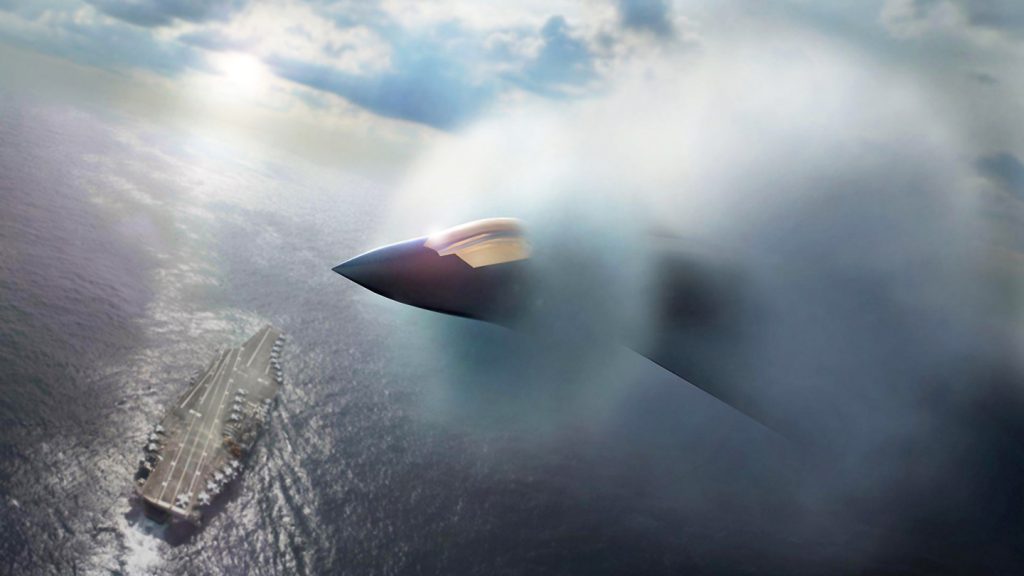The Latest in Military Aviation: Boeing’s F/A-XX Proposal and Its Implications
Welcome to the realm of military technology, where cutting-edge innovations shape the battlefield of tomorrow. Today, we delve into Boeing’s new rendering of the F/A-XX proposal, a next-generation naval fighter that has captured attention within defense circles. This futuristic aircraft is seen as a key element in maintaining naval air superiority.
A Glimpse of the F/A-XX
Boeing’s recent unveiling of the F/A-XX rendering at the Tailhook Symposium has generated considerable excitement. While initial impressions may lead to speculation, it’s crucial to recognize that such visualizations often serve multiple purposes—ranging from marketing to strategic presentations. The visual similarities to the previously released F-47 concepts raise intriguing questions about common design elements that could bridge both aircraft.
Design Elements: Insights from the Art
The new rendering portrays the F/A-XX amid clouds, with hints of a navy carrier visible below. This illustrates its intended operational context. Notably, the design features a ‘bubble’ canopy reminiscent of the F-47, although subtle differences in the radome design may signal unique functionalities tailored for naval operations. While the artistic representation obscures much of the tail surfaces, it hints at advanced features like canard foreplanes—an element critical for enhancing maneuverability, particularly during carrier approaches.
The Role of Canards in Design
Canards have become a focal point for discussions around both the F-47 and now the F/A-XX. Traditionally, canards enhance a fighter jet’s agility, particularly in situations requiring tight turns and rapid responses. This characteristic is especially critical for carrier-based aircraft, where low-speed maneuverability plays a significant role during take-offs and landings.
However, the introduction of canards within a stealth-oriented design raises questions. Are these features genuinely part of the final blueprint, or do they serve as a diversion? As defense experts navigate these concepts, it’s worth noting that they could enhance both speed and capacity without compromising stealth, an essential balance for modern combat scenarios.
Performance and Specifications
Specifications for the F/A-XX and the F-47 hint at different operational focuses. While discussions around range have emerged, the reality is complex. The Navy has indicated that the F/A-XX may achieve only a 25% greater range than existing models, a more conservative expectation compared to the Air Force’s ambitious targets for the F-47.
The combat radius for the F-47 has been pegged at over 1,000 nautical miles, a significant advantage against the backdrop of evolving air defense technologies. However, continued budget constraints and shifting requirements may call for adjustments to these ambitious forecasts.
Competition within the Advanced Fighter Landscape
Boeing’s efforts to secure the F/A-XX contract face stiff competition from other major players like Northrop Grumman. Each contender presents unique designs that not only fulfill operational requirements but also reflect strategic visions for future aerial warfare. Northrop Grumman’s approach, for instance, leans heavily into stealth, as seen in its submission that lacks canards but boasts a flowing design reminiscent of past concepts like the YF-23.
Financial and Strategic Considerations
The financial implications of developing both the F/A-XX and F-47 simultaneously cannot be overstated. Boeing has invested heavily in an Advanced Combat Aircraft Assembly Facility aimed at meeting the demands of both programs. This move signifies a commitment to innovation while acknowledging the economic realities of defense production.
Recent discussions among Navy leadership underscore a pressing need for the F/A-XX, especially in light of rising global threats. The urgency expressed by officials points toward an expectation that this program must move forward, even as uncertainties loom regarding budget allocations and program prioritization.
The Path Ahead: Industry Insights
While uncertainty remains over the exact capabilities and final designs of the F/A-XX, the consensus within military aviation circles is clear: the next generation of fighters must adapt to an evolving threat landscape. Officials have expressed a desire to expedite development while maintaining a balance between cost and capability.
With strategic requirements solidified, there’s an underlying expectation that naval capabilities must keep pace with technological advancements across potential adversaries. The ongoing discourse within defense communities emphasizes that the Navy’s future power projection hinges critically on the realization of advanced platforms like the F/A-XX.
As developments continue to progress, observers and stakeholders in military technology remain keenly attuned to the upcoming announcements surrounding the F/A-XX program, especially as decisions will shape naval aviation for generations to come.

